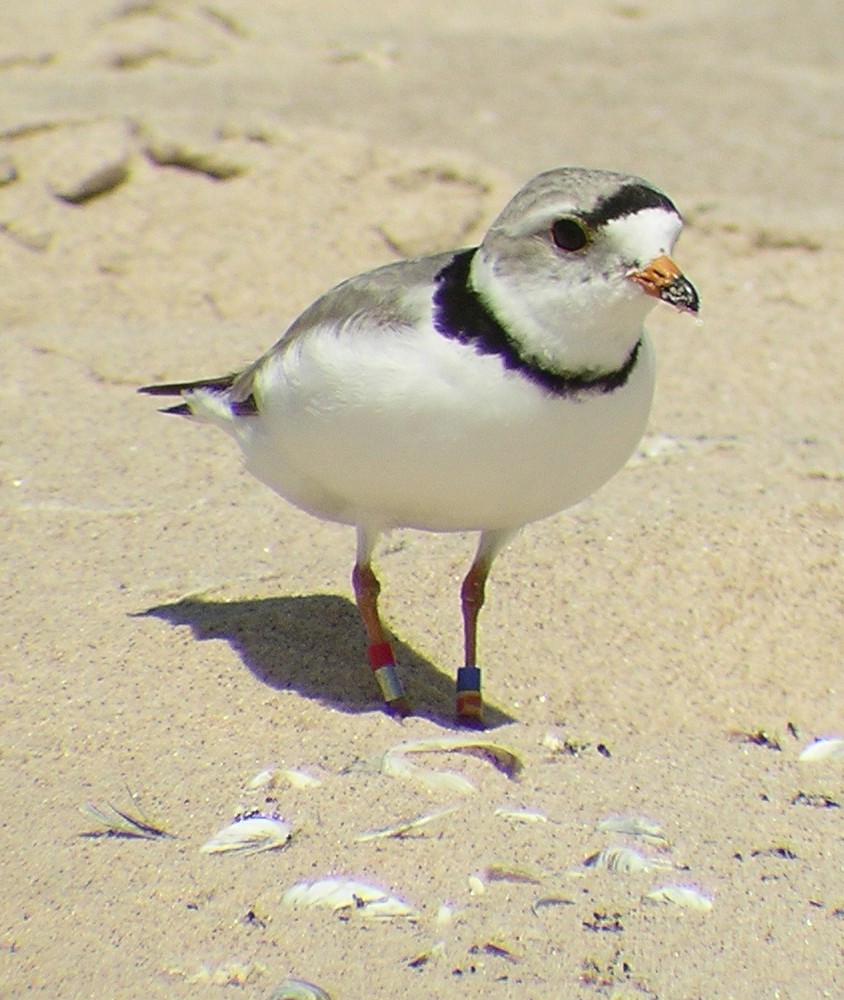 Are piping Plover really endangered?
Are piping Plover really endangered?
Are piping Plover really endangered?
The piping plover is globally threatened and endangered; it is uncommon and local within its range, and has been listed by the United States as "endangered" in the Great Lakes region and "threatened" in the remainder of its breeding range. While it is federally threatened, the piping plover has been listed as state endangered in Illinois, Indiana, Iowa, Maine, Michigan, Minnesota, Nebraska, New Hampshire, New York, New Jersey, Ohio, Pennsylvania, and Wisconsin. The Parker River Refuge on Plum Island, Massachusetts is a national network of lands and rivers dedicated to the safety of its native wildlife and specifically the Piping Plover. Protecting the Piper with full beach closures, the Refuge now "has the second largest plover population on the North Shore". In eastern Canada, the piping plover is found only on coastal beaches. In 1985, it was declared an endangered species by the Committee on the Status of Endangered Wildlife in Canada. A large population in Ontario has disappeared entirely. In 2008, however, piping plover nests were found at Wasaga Beach and near Sauble Beach, Ontario, along the Ontario Great Lakes shores. There is also some evidence of nesting at other sites in Ontario, including Port Elgin, Ontario in 2014. In the 19th century and early 20th century, the piping plover was utilized for its feathers, as were many other birds at the time, as decorations for women's hats. These decorations, called plumes, became a symbol of high society, especially those from larger rare birds. This practice led to its initial population decline. The Migratory Bird Treaty Act of 1918 helped the population recover through the 1930s. The second decline in the piping plover's population and range has been attributed to increased development, shoreline stabilization efforts, habitat loss and human activity near nesting sites in the decades following World War II. The Great Lakes populations eventually shrank to only around two dozen. On the Missouri River sandbars, the number of breeding individuals varied, with the population increasing from 2012 to 2017 following a major habitat creation event. Critical nesting habitats are now being protected to help the population during its breeding season. Populations have seen significant increases since the protection programs began, but the species remains in serious danger. Current conservation strategies include identification and preservation of known nesting sites; public education; limiting or preventing pedestrian and/or off-road vehicle (ORV) traffic near nests and hatched chicks; limiting predation of free-ranging cats, dogs and other pets on breeding pairs, eggs and chicks; and removal of foxes, raccoons, skunks, and other predators. In coastal areas such as Plymouth, Cape Cod, Long Island, Sandy Hook, Cape Henlopen State Park in Delaware, North Manitou Island in Lake Michigan, and most recently, Cape Hatteras National Seashore on the Outer Banks of North Carolina, beach access to pedestrians and ORVs has been limited to protect piping plovers and their chicks at critical times of the breeding season. Various environmental organizations are involved in aiding restoration efforts. The Goldenrod Foundation [1] unsuccessfully filed suit against the Town of Plymouth in 2010 and 2015 to restrict offroad vehicle access to breeding habitat. In 2019, the first documented pair of piping plovers in Chicago nested at Montrose Beach. Three chicks hatched in July, becoming the first within Cook County in 60 years. Threats to the nest and chicks included a planned music festival in August. In July 2019, Mamby music festival canceled the event. The pair spotted in 2019 returned to the area in 2020, with the first chick hatching in June 2020.
People often ask
Related Searches

 Photo By NOAA Great Lakes Environmental Research Laboratory , used under CC-BY-SA-2.0 /Cropped and compressed from original
Photo By NOAA Great Lakes Environmental Research Laboratory , used under CC-BY-SA-2.0 /Cropped and compressed from original Scientific Classification
Phylum
Chordates Class
Birds Order
Shorebirds Family
Plovers Genus
Typical plovers Species
Piping Plover